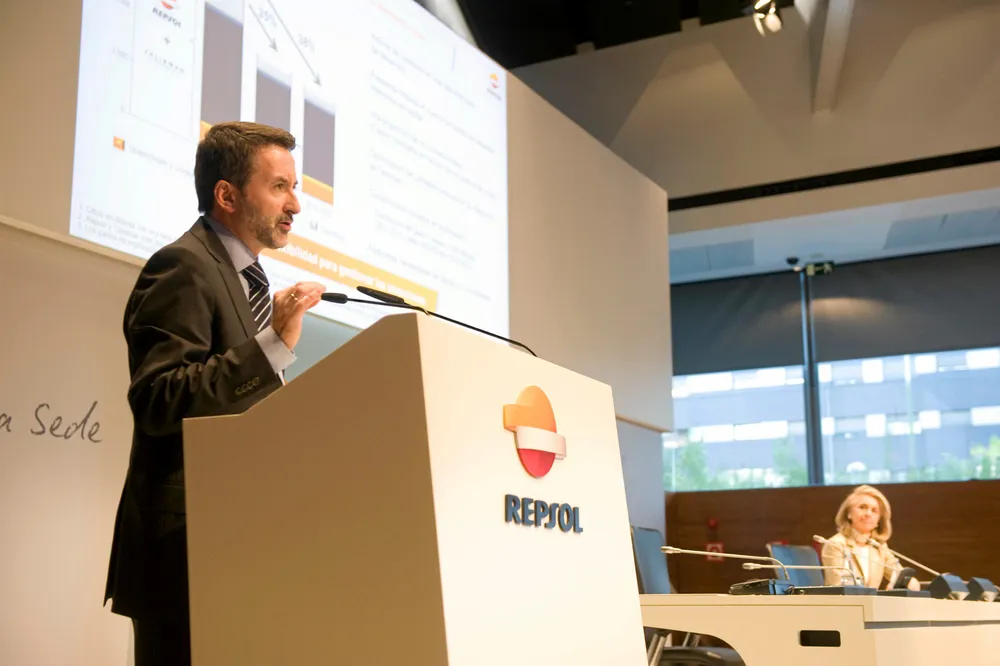Repsol hikes 2030 renewables target to 20GW amid strategy update
Spanish oil and gas company raises renewables ambition as part of wider effort to cut greenhouse gas emissions faster

Spanish oil and gas company raises renewables ambition as part of wider effort to cut greenhouse gas emissions faster
